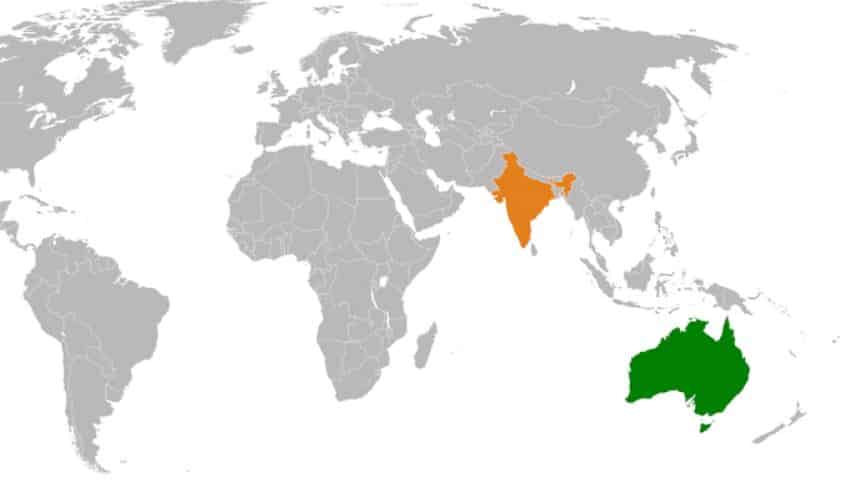Table of Contents
Prison Reforms in India | UPSC – IAS
In modern times the idea of making living spaces safe and clean has spread from the civilian population to include prisons, on ethical grounds which honor that unsafe and unsanitary prisons violate constitutional (law) prohibitions against cruel and unusual punishment.
Prison reform is the attempt to:-
- Improve conditions inside prisons,
- Improve the effectiveness of a penal system, or
- Implement alternatives to incarceration.
- It also focuses on ensuring the reinstatement of those whose lives are impacted by crimes.
Prisons‘ is a State subject under Seventh Schedule to the Constitution. However, the Ministry of Home Affairs provides regular guidance and advice to States and UTs on various issues concerning prisons and prison inmates.
- In response to this, SC had constituted a 3-member committee in 2018, to look into entire gamut of prison reforms across the country and suggest measures to deal with them.
Why is the need for Prison Reforms ? | UPSC – IAS
The Supreme Court, in its landmark decision in Ramamurthy v. State of Karnataka(1996) had identified various problems which need immediate attention for implementing prison reforms.
- Rampant Overcrowding: “Prison Statistics India”, brought out by National Crime Records Bureau stated that in 2015, there were nearly 4.2 lakh inmates in 1,401 facilities against the sanctioned strength of 3.83 lakh, with an average occupancy rate of 114% in most.
- Due to overcrowding the segregation of serious criminals and minor offenders has turned out to be difficult, which can, in turn, cause bad influence over minor offenders. Overcrowding results in –
- restlessness,
- tension,
- inefficiency and
- general breakdown in the normal administration.
- Delay in Trials: In 2016, 67% of the people in Indian jails were undertrials which is extremely high by international standards like it is 11% in UK, 20% in US and 29% in France.
- Torture and ill-treatment: The prisoners including the undertrials are forced to do severe labour without any remuneration and treated with utmost torture. There has been a continuous rise in the custodial deaths due to torture and ill-treatment. Women prisoners are more vulnerable to abuse.
- Severe staff crunch: 33% of the aggregate prerequisite of jail authorities still lie vacant, whereas, the ratio between the prison staff and the prison population in India is approximately 1:7.
- Inadequate prison infrastructure: Most Indian prisons were built in the colonial era and are in constant need of repair and part of them are uninhabitable for long periods.
- This results into violation of dignity and basic living conditions which go against UN’s Standard Minimum Rules for the Treatment of Prisoners, which suggest of “minimum floor space, lighting, heating and ventilation provision in the prisons.”
- Neglect of Health, Hygiene, food: The prisoners in India suffer from severe unhygienic conditions, lack of proper medical facilities and consistent risk of torment and misuse. The kitchens are congested and unhygienic and the diet has remained unchanged for years now.
- Issue of women prisoners: Of the more than 433,000 inmates across the country, nearly 18,500 were women. Though not exclusively looking after female prisoners, there are just 9.6 % women across all levels of the prison administration in comparison to the 33 per cent suggested in policy documents.
- Lack of Communication facilities: The prisoners are left to live in isolation without any contact with the outside world, their family members and relatives. They remain uninformed about the lives and wellbeing of their family.
Reform measures suggested by Various Committees, Law Commissions and the Judiciary
- All India Prison Service: The All India Committee on Jail Reforms (1980– 1983), under Justice A N Mulla recommended to develop an All India Prison Service as a professional career service with appropriate job requirements, sound training and proper promotional avenues.
- Adherence of Model Prison Manual 2016 by all the States and UTs.
- Uniformity of standards: Central Government along with NGO’s and prison administration should take adequate steps for effective centralization of prisons and a uniform
jail manual should be drafted throughout the country.
Training & correctional activities for prisoners | UPSC – IAS
- Training to staff in using the latest technology, correctional measures and physical fitness
- Involvement of NGOs and other non-profit organizations for educating the prisoners with improved library facilities.
- Vocational training courses in cloth making, electrification, plumbing, carpentry, etc for the inmates.
- Facilities for recreational activities such as games and competitions for inmates and staff.
- Seminars by jail authorities to enlighten the prisoners on their legal rights, health and sanitation problems, HIV/AIDS and issues of mental health, juveniles, minorities and steps to reduce the violence in prisons.
Infrastructure | UPSC – IAS
- Technological up-gradations such as biometric identification facilities, prisoner information system, provision of CCTVs, video conferencing facilities, etc. are needed.
- Up-gradation of hospital infrastructure such as beds, equipment, testing facilities, vehicle during medical emergency, etc. are needed.
- Staff: All vacant staff positions need to be reassessed. Recruitment of additional staff including medical, guarding, correctional staff, clerical, etc.
- Strengthening the open prison system, which has come as a very modern and effective alternative to the system of closed imprisonment.
- Strengthening PLVs: In 2009, National Legal Services Authority (NALSA) brought out a scheme called the Para-Legal Volunteers Scheme which aimed at imparting legal training to volunteers to act as intermediaries between the common people and the Legal Services Institutions to remove impediments in access to justice ensure legal aid reaching all sections of people.
Conclusion | UPSC – IAS
- Indeed, prisons in India make for a massive social organisation. Part and parcel of the larger criminal justice system, they make an invaluable contribution to upholding up the rule of law and, thereby, to the maintenance of law and order, peace and tranquillity in society.











